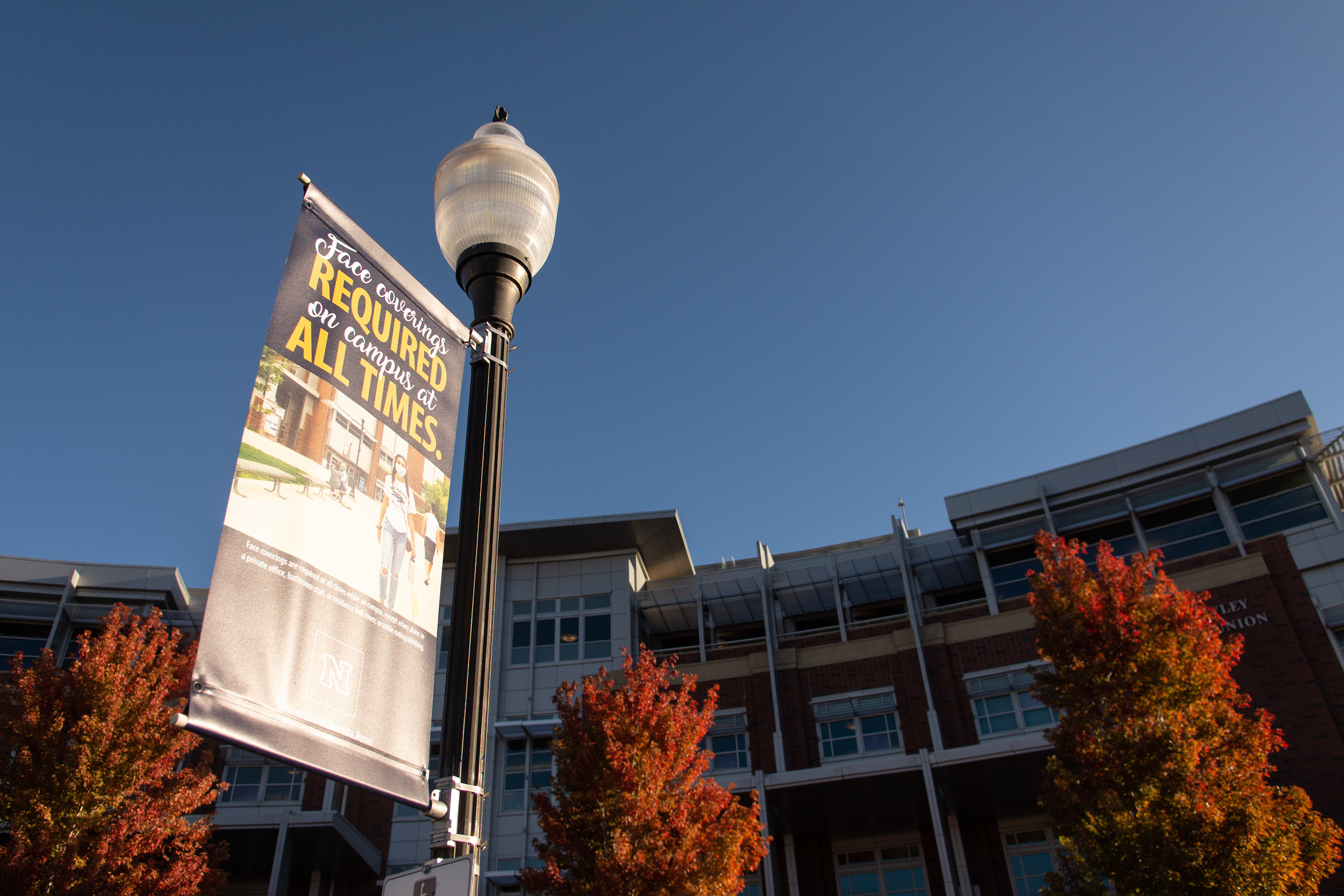Millions in federal aid could ease higher ed cuts

Nearly $200 million in estimated federal aid will flow to fiscally beleaguered institutions and struggling students in the coming weeks as part of the massive $1.9 trillion American Rescue Plan, pending final guidelines on spending restrictions expected later this month from the Department of Education.
The third round of aid from the Higher Education Emergency Relief Fund (HEERF) initially created as part of the CARES act last year, this newest round of money comes as yet another shot in the arm for the state’s seven degree-granting institutions.
Those institutions entered this year’s legislative session with plans to cut 12 percent of their budgets in each of the next two fiscal years — roughly $84 million per year in combined cuts.
With nearly $40 billion set aside for colleges and universities nationwide, this latest round of aid is also by far the largest, outsizing both the first ($14 billion) and second ($23 billion) aid packages combined.
As with the other two rounds of HEERF funding, a vast portion of the new money will flow to students, likely allowing them to cover a range of pandemic-related expenses if federal guidelines follow a similar pattern to the last round of relief.
Distributed through the individual colleges and universities, such funding has so far been readily scooped up by students through the past two rounds of aid, according Tim Wolfe, the director of financial aid and scholarship at UNR.
“We opened up [HEERF II applications] on a Monday, and by Tuesday morning, we had 4,565 applications in one day,” Wolfe said.
The remaining half will be divided up between institutions, with variations based on size. According to early estimates of the aid from the Association of Public Land-Grant Universities, the largest single slice will go to UNLV, which is expected to receive more than $68.7 million, including aid set aside for student grants.
Other institutional aid estimates include $58.4 million for the College of Southern Nevada; $39.8 million for UNR; $13.7 million for Truckee Meadows Community College; $9.4 million for Nevada State College; $5.1 million for Western Nevada College; and $2.2 million for Great Basin College.
Much of those funds, according to Nevada System of Higher Education Chief Financial Officer Andrew Clinger, will be targeted at covering widespread revenue shortfalls triggered by the pandemic.
“This is to help us manage that student revenue side of it, it's the registration fees and tuition that student students pay,” Clinger said. “But it's also dorm fees, and food service fees, and all the other what we call ancillary services on campus that are experiencing revenue losses as well.”
Still, at the institutional level, it remains unclear what revenue losses may be covered by the new law in the absence of additional guidelines.
“Right now, the language says it can be used for shortfalls in revenue,” Vic Redding, UNR Vice President of Administration and Finance, said. “So we just don't know which revenue will be eligible and will be at the top of the list for that backfill.”
Those revenue shortfalls have been compounded by state budget cuts, especially as enrollment head counts sputtered amid a switch to virtual or hybrid learning and broad restrictions on the in-person use of campus facilities.
“Not only are enrollments down, but the students who are enrolled are taking fewer courses, so our registration fees were down,” Redding said. “But most significantly, our non-resident tuition was down because we had a much more significant drop off in out-of-state students, and almost all international students were precluded from coming. So just the percent drop of enrollments doesn't quite tell the whole picture.”
Concerns also remain over the future of institutional budgets, especially as the Legislature mulls the short term nature of proposed cuts, and whether additional cuts could be used in conjunction with federal relief to further reduce state spending on higher education in the short term.
During a budget hearing last month, budget subcommittee chair and Assemblywoman Maggie Carlton (D-Las Vegas) pressed Clinger and system Chancellor Melody Rose on an increase in funding related to the system’s funding formula, even as enrollment began to fall.
Rose and Clinger countered that the formula increases were based on pre-pandemic enrollments, not the most recent data. Even so, Carlton appeared to leave an open lane for additional reductions, should room in the funding formula be found.
“We're looking at a very, very tight budget schedule and I'm looking at a weighted student credit hour that, if we redid the calculation, it would be a different number for next year,” Carlton said at the time. “And there's a possible savings there that I would like to be able to analyze and be able to wrap my arms around.”
These discussions come amid a broader statewide debate over just how to divide up more than $4.1 billion in federal money bound for state and local governments in Nevada, an amount roughly equaling the state’s annual budget.
It remains unclear how much of that money will be directed to individual state agencies and programs, and what money, if any, may be directed to higher education in addition to pre-established HEERF funds.
